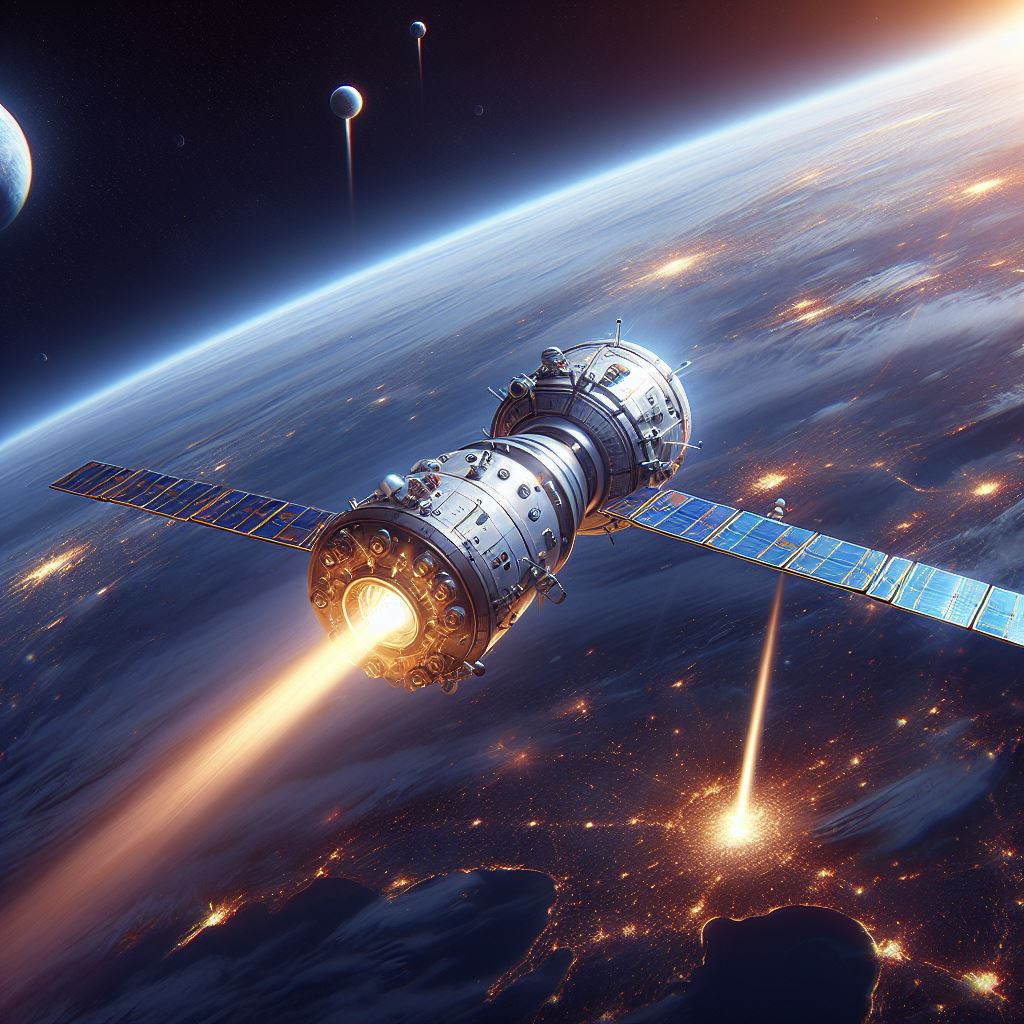China has successfully launched its experimental reusable spacecraft for the third time, marking a significant advancement in the country’s space capabilities.

In a move shrouded in secrecy, China has successfully launched its experimental reusable spacecraft for the third time, marking a significant advancement in the country’s space capabilities.
The Long March 2F rocket lifted off from the Jiuquan Satellite Launch Center in the Gobi Desert on December 14, deploying a “reusable test spacecraft” into low Earth orbit, as reported by Chinese state media Xinhua.
While airspace closure notices indicated a launch time around 10:00 a.m. Eastern (1500 UTC), the official report, published shortly after the expected launch, did not specify the exact timing. The brief statement noted that the test spacecraft would “operate in orbit for a period of time” before returning to its intended landing site in China.
The mission’s objectives include the verification of reusable technology and the conduct of space science experiments, providing crucial technical support for the peaceful use of space, according to the report.
Notably, this launch comes just over seven months after the spacecraft’s return from its second mission, a considerably shorter interval than the almost two years between the first and second missions in 2020 and 2022, respectively. The compressed timeline suggests notable progress in the development of the spacecraft’s reusability.
The China Aerospace Science and Technology Corporation (CASC), the spacecraft’s developer, has maintained strict secrecy around the project, revealing no details about the experimental reusable spacecraft.
The suspected spaceplane is launched vertically on a Long March 2F rocket, commonly used for China’s Shenzhou crewed missions, and is believed to be somewhat comparable in size and function to the U.S. Air Force’s X-37B spaceplane.
Images posted on social media site Sina Weibo hint at the spacecraft’s dimensions and shape based on the recovered payload fairing wreckage from the second launch.
The previous missions of the reusable spacecraft included deploying satellites into orbit and conducting scientific and other experiments. The third mission is expected to have a different scope, further testing the spacecraft’s capabilities.
Speculations surround the possibility that the reusable spacecraft may be part of a larger strategy, operating in combination with a reusable suborbital first stage. China tested a reusable suborbital spacecraft for the first time in 2021, followed by a second mission in August 2022. The suborbital craft utilizes vertical takeoff and horizontal landing.
The China Aerospace Science and Technology Corporation (CASC) has outlined plans to develop a fully reusable, two-stage-to-orbit (TSTO) space transportation system. The spaceplane project received national-level funding from the Natural Science Foundation of China.
In the context of Sino-U.S. space competition, the U.S. has been launching its reusable X-37B since 2010, with the seventh mission scheduled for launch later this month. Despite the opacity surrounding both projects, experts suggest that the Chinese spaceplane and the U.S. X-37B may be conducting similar missions, primarily focusing on experimenting and testing new technologies and sensors.
Brian Weeden, Director of Program Planning at the Secure World Foundation, commented on the parallel developments, stating, “I think both programs are reflective of the current relationship between the US and China. Each sees the other’s secretive spaceplane program as a potential threat and destabilizing weapon, while insisting that their own program is important but benign.”
He added, “That to me signals that we are in the midst of a security dilemma in space, where actions taken by both sides to reinforce their own security end up adding to the instability in the overall relationship.”
As China continues to make strides in its space capabilities, the global space community watches closely, anticipating further details on the achievements and objectives of its experimental reusable spacecraft program.